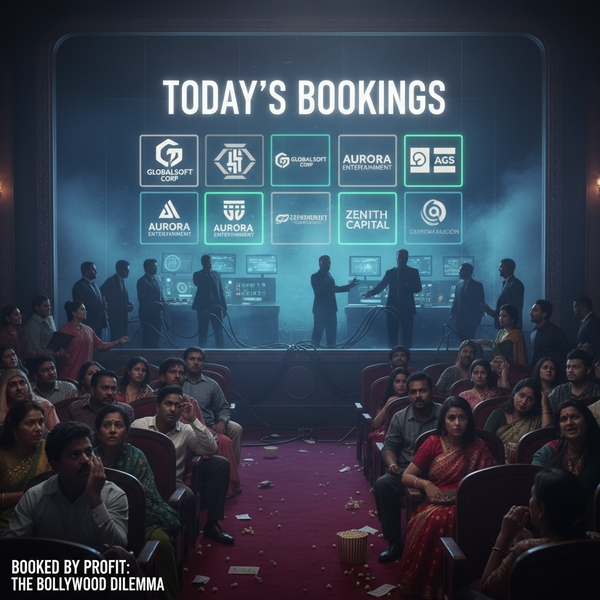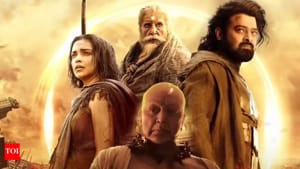“I Don’t Want to Lose Money”: Kirsten Dunst’s Take on Minecraft 2 and Movie Economics
Kirsten Dunst's candid desire to join Minecraft 2 highlights a crucial Hollywood truth: art and commerce are inseparable. Her pragmatic approach reveals how stars balance creative passion with the pursuit of profitable, blockbuster films.
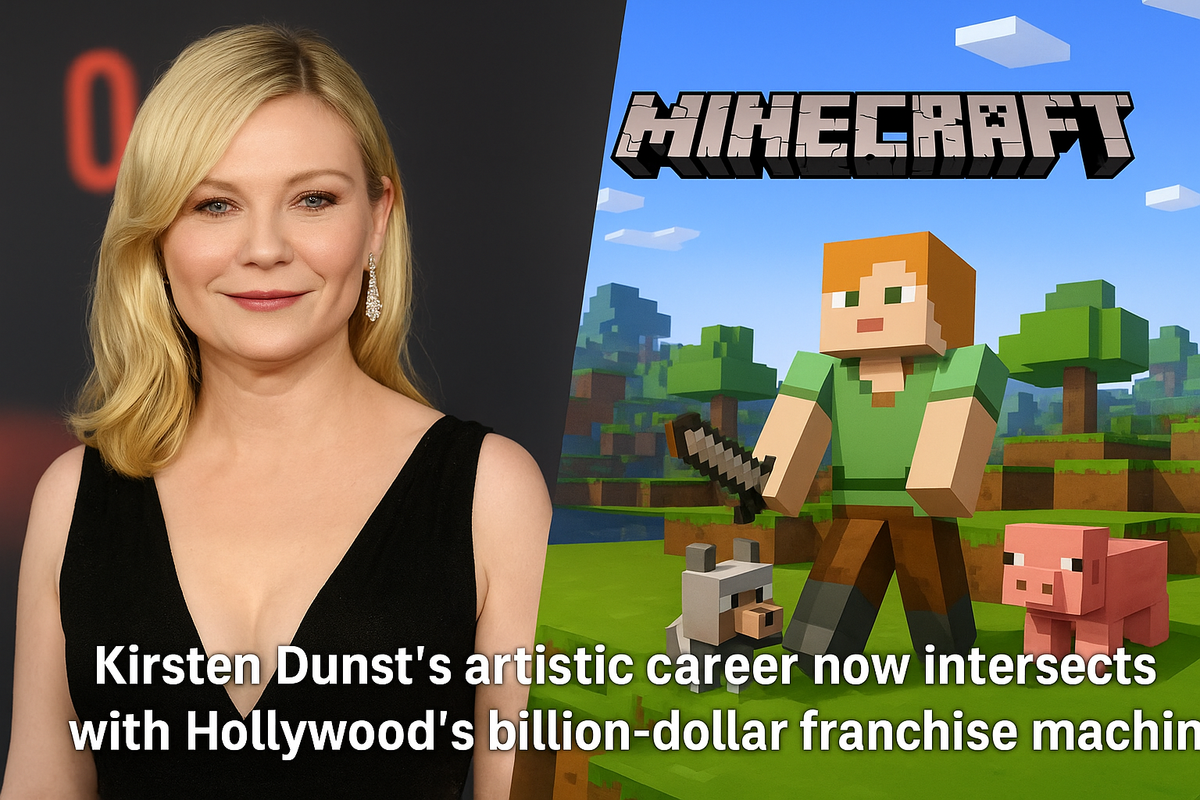
Introduction: The Unspoken Truth of Hollywood – Art Meets Commerce
In the glittering world of Hollywood, where artistic expression is often celebrated above all else, there's an undeniable undercurrent that truly dictates its pulse: money. While passion projects and critically acclaimed performances make headlines, the reality is that filmmaking is a multi-billion dollar industry, and financial viability is paramount. Every actor, director, and producer, whether they admit it or not, has an eye on the box office. Recently, a refreshingly candid revelation from acclaimed actress Kirsten Dunst pulled back the curtain on this very truth, sparking conversations across the entertainment spectrum. Her expressed interest in joining the highly anticipated "Minecraft 2," isn't solely rooted in creative ambition – it's also a shrewd acknowledgment of the current "Minecraft" film's undeniable financial success.
Dunst's statement, as reported by EW.com, “I don’t want to lose money,” isn't just a throwaway line; it's a profound commentary on the practicalities of a creative career in the modern movie landscape. It highlights a pragmatic approach that merges artistic desire with economic reality, offering a glimpse into how even established stars navigate their choices. In an era where blockbusters dominate and franchises are king, understanding the financial mechanics of Hollywood has never been more crucial.
This blog post will delve into Kirsten Dunst’s perspective, exploring the intricate relationship between creative pursuits and financial incentives in the film industry, particularly in the context of massive intellectual properties like "Minecraft." We will examine the factors that make a film profitable, the evolving role of actors in project selection, and what Dunst’s pragmatic approach signifies for the future of movie-making.
Head 1: Kirsten Dunst – A Career Defined by Craft, Now Eyeballing Commerce
Kirsten Dunst has carved out an impressive career spanning decades, known for her diverse roles in films ranging from indie darlings to major studio productions. From her breakout performance in "Interview with the Vampire" to her iconic portrayal of Mary Jane Watson in the original "Spider-Man" trilogy, and her critically lauded work in films like "Melancholia" and "The Power of the Dog" (earning her an Oscar nomination), Dunst has consistently demonstrated her acting prowess and commitment to challenging roles.
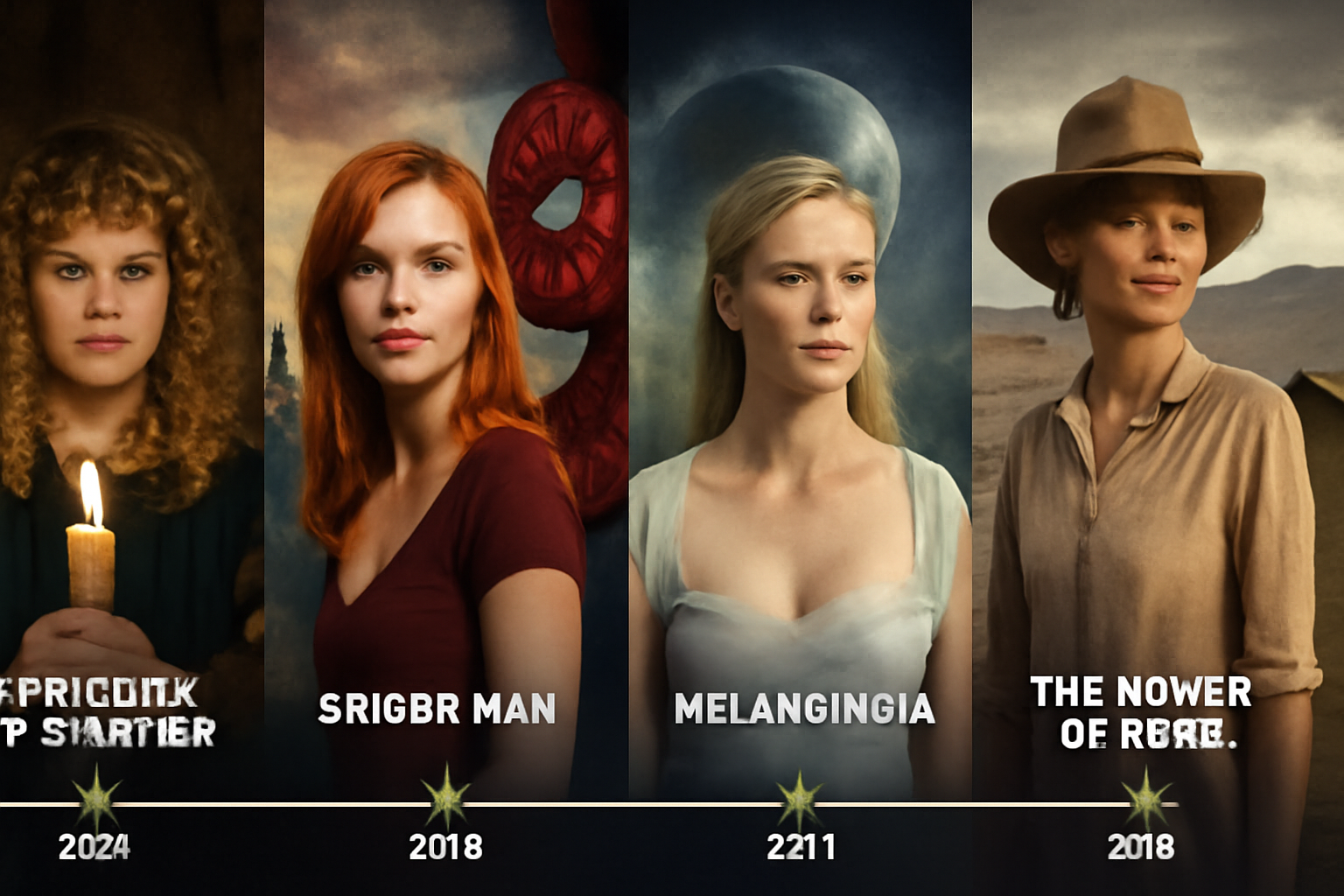
- A History of Diverse Choices: Dunst’s filmography showcases a deliberate choice of projects, often balancing commercial viability with artistic merit. She hasn't shied away from blockbusters, but has also consistently returned to more character-driven independent features. This balance has allowed her to maintain both relevance and artistic integrity.
- The Actor’s Evolving Role in Project Selection: In earlier eras, actors might have been more insulated from the financial intricacies of a film. Today, with increased transparency and the rise of actor-producers, stars are often acutely aware of a project's potential success or failure. They are not just performers; they are often brand ambassadors and, increasingly, stakeholders in the venture.
- Why "Minecraft 2" Appeals Beyond the Script: For an actress of Dunst's caliber, expressing interest in a video game adaptation might raise an eyebrow for those only familiar with her more dramatic work. However, her candid admission immediately clarifies the multifaceted appeal: it’s not just about the script or the director; it’s also about the project's proven financial muscle. This is a strategic move, not just an artistic whim.
Head 2: The "Minecraft" Phenomenon – A Box Office Juggernaut in the Making
The news that the current "Minecraft" film is projected to be among the top-grossing films of 2025 is a staggering testament to the power of established intellectual property and the gaming community’s fervent dedication. This isn't just another successful movie; it's a cultural event that translates directly into massive revenue.
The Power of an Established IP:
- "Minecraft" isn't merely a video game; it's a global phenomenon with hundreds of millions of players worldwide. Its blocky aesthetic and open-world creativity have transcended gaming to become a cultural touchstone. A film adaptation, therefore, taps into an enormous, pre-existing fanbase eager to see their beloved virtual world brought to life on the big screen.
- Global Recognition: The brand recognition of "Minecraft" is unparalleled. From children to adults, the game resonates across demographics and continents, making it a truly global commodity.
- Built-in Audience: Unlike original screenplays that need to build an audience from scratch, "Minecraft" arrives with a ready-made, highly engaged, and incredibly loyal audience. Marketing a film like this is less about introduction and more about activation.
Why Gaming Adaptations are the New Gold Rush:
- In recent years, Hollywood has woken up to the immense potential of video game adaptations. Projects like "Sonic the Hedgehog," "The Super Mario Bros. Movie," and "The Last of Us" (on television) have shattered box office records and critical expectations, proving that with the right approach, game-to-screen transitions can be incredibly lucrative.
- Pre-Vetted Lore: Video games often come with rich lore, compelling characters, and established worlds, providing a strong foundation for storytelling.
- High Engagement Factor: Gamers are often deeply invested in the worlds they inhabit, leading to a higher likelihood of theatrical attendance and repeat viewings.
The Financial Footprint of a Blockbuster:
- Being a "top-grossing film of 2025" implies not just substantial revenue but also a significant return on investment for the studio and everyone involved. This level of financial success translates into:
- Increased Budgets for Sequels: Guaranteed resources for "Minecraft 2," allowing for even grander scale and production values.
- Higher Earning Potential for Cast & Crew: Actors, directors, and key crew members often have backend deals, meaning they earn a percentage of the film's profits. A highly successful film directly impacts their personal wealth.
- Enhanced Career Leverage: Being associated with a massively successful franchise boosts an actor's profile, opens doors for future projects, and increases their negotiating power.
Head 3: “I Don’t Want to Lose Money”: Deconstructing Dunst’s Candid Remark
Kirsten Dunst's statement is more than just an honest confession; it’s a window into the prevailing mindset within Hollywood, especially among seasoned professionals. It underscores the commercial realities that underpin artistic endeavors.
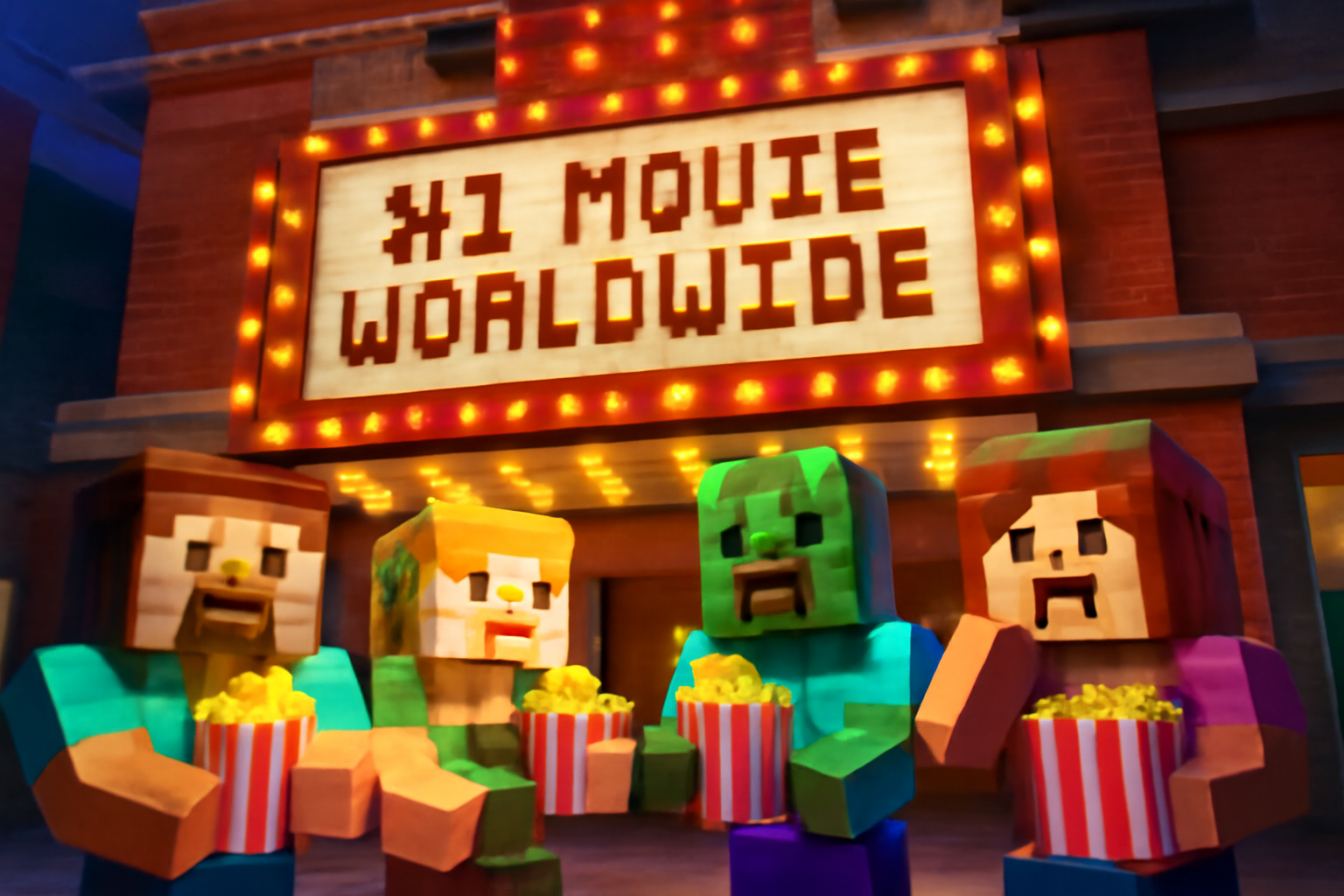
The High Stakes of Modern Filmmaking:
- Producing a major studio film today costs hundreds of millions of dollars, not including global marketing campaigns that can easily add another $100-200 million. With such astronomical investments, the pressure for a film to perform well financially is immense. A flop can have far-reaching consequences, from studio restructuring to the shelving of future projects.
Actor as an Investment:
- For studios, casting a prominent actor like Dunst is an investment. They expect her star power to draw audiences. Conversely, for an actor, choosing a project is also an investment of their time, talent, and brand. Aligning with a known winner minimizes risk.
Beyond the Paycheck:
- The Intangibles of a Profitable Film: While a good upfront salary is always a draw, a film's profitability offers much more:
- Backend Participation: As mentioned, many A-list actors receive a percentage of the film's gross or net profits. A top-grossing film means a much larger backend payout.
- Franchise Potential & Longevity: Being part of a successful franchise often means multi-picture deals, ensuring consistent work and income over several years. This provides stability in a notoriously unpredictable industry.
- Enhanced Industry Standing: Being associated with a financial hit elevates an actor's standing, making them more bankable and desirable for future projects. This translates to better offers and greater creative control down the line.
- Risk Mitigation: Every actor, no matter how established, wants to avoid being associated with a string of box office failures. These can hurt their marketability and ability to secure desirable roles. Choosing a project with high commercial potential is a form of career insurance.
Head 4: The Economics of Hollywood: What Makes a Movie Profitable?
Understanding Dunst's comment requires a deeper dive into the factors that truly drive a film's profitability. It’s a complex interplay of creative vision, market dynamics, and shrewd business decisions.
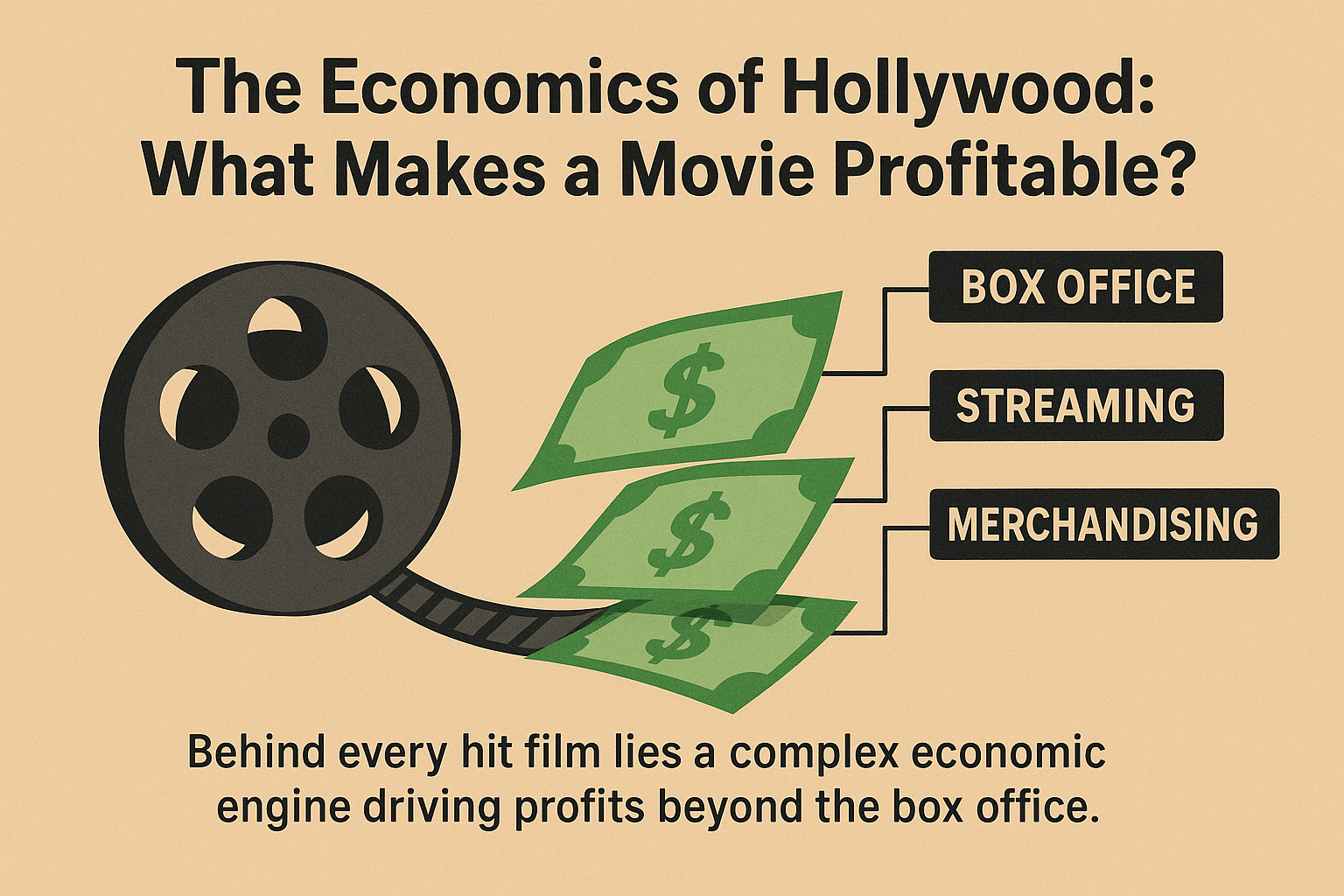
Key Factors for Box Office Success:
- Compelling Story & Execution: At its core, a good movie needs a captivating narrative and strong performances. Even with a massive IP, a poorly executed film will struggle.
- Star Power (with Caveats): While stars can open a film, their drawing power is increasingly linked to the project itself. A star in a beloved franchise is a stronger draw than a star in an unknown original.
- Marketing & Distribution: A colossal marketing budget and effective global distribution are crucial. Reaching the target audience through various channels (trailers, social media, PR) is non-negotiable.
- Release Strategy: Timing is everything. Avoiding direct competition with other blockbusters, choosing optimal release windows (e.g., holiday seasons), and having a global rollout plan are vital.
- Critical Reception & Word-of-Mouth: Positive reviews and strong word-of-mouth can significantly amplify a film's reach and longevity at the box office, especially for mid-budget films. For blockbusters, it can help sustain momentum.
- Merchandising & Ancillary Revenue: For franchises like "Minecraft," merchandising (toys, apparel, games, etc.), home video sales, streaming rights, and theme park attractions can generate immense additional revenue streams, often far exceeding theatrical profits. This is where the true long-term value lies for an IP.
The Evolving Revenue Streams:
- The movie business is no longer just about theatrical ticket sales.
- Streaming Wars: The rise of streaming platforms has reshaped how films are consumed and monetized. While theatrical releases remain prestigious, the subsequent streaming deals are a massive part of a film’s financial lifecycle.
- Global Market Importance: The international box office often accounts for a significant, if not majority, portion of a film's total gross. Films with universal themes and broad appeal tend to perform exceptionally well globally.
- Franchise Building: Studios are heavily invested in building universes and franchises because they offer repeatable revenue streams, merchandising opportunities, and a loyal consumer base that returns for every installment.
Conclusion: The Future of Hollywood – Where Art and Algorithms Converge
Kirsten Dunst’s frank admission about "not wanting to lose money" and her desire to join "Minecraft 2" is a microcosm of the larger trends shaping Hollywood. It’s a testament to the increasingly intertwined relationship between creative ambition and financial pragmatism. In an industry where the stakes are astronomically high, even the most artistically driven individuals must keep an eye on the bottom line.
The success of the "Minecraft" film serves as a powerful indicator of where the industry is heading: towards established IPs, global reach, and the robust monetization of fan communities. For actors like Dunst, aligning with such powerhouses offers not just significant financial reward but also career stability and continued relevance in a rapidly changing landscape.
Her perspective reminds us that behind every captivating performance and ground breaking cinematic achievement, there's a complex economic engine humming. Hollywood, at its heart, is a business, and understanding its economics is key to appreciating the decisions made by its most celebrated figures. As "Minecraft 2" gears up for production, Kirsten Dunst’s potential involvement signals a smart, strategic move by an actress who understands that in the movie business, sometimes the most profound art can also be the most profitable. This pragmatic approach isn't a compromise of artistic integrity but rather a savvy navigation of the realities of a multi-billion dollar industry.



